Our aim is to develop a sustainable construction technology allowing real-time control and monitoring of civil infrastructure. We conceive and design smart structural elements embedding a sensing system and capable of self-diagnosis. We monitor bridges, buildings and energy facilities with advanced sensing technologies and smart sensitive materials. We develop high-performance, reliable and secure computing systems and algorithms that can be used to design, optimise and interpret the response of complex structural systems.
Our research projects
Smart cement sensors
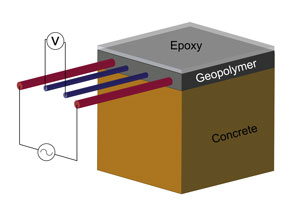
Geopolymers are adhesive, chemically resistant, cement-like binders that can exhibit electrical (ionic) conductivity. This allows them to be used as electronic skin sensors for concrete and steel structures. They can monitor numerous measurands that affect electrical impedance, such as strain, temperature, surface cracking and chemical contamination.
Our centre is engaged in projects to develop smart cement skin sensors that can protect and wirelessly monitor concrete and steel structures, even in harsh marine and radioactive environments.
Researcher(s)
- Marcus Perry
- Andrea Hamilton
Automated maintenance
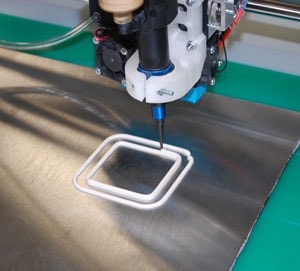
Automation once revolutionised car manufacturing, and it is now poised to do the same for civil construction and maintenance. Our centre is developing 3D printing (fused deposition modelling) techniques that can be used to repair existing concrete structures in the field.
The goal is to reduce the cost and improve the reliability of structures that require continuous maintenance after life-extension. The technology has exciting applications in environments that are difficult or impossible to access by operators.
Researcher(s)
- Marcus Perry
- Andrea Hamilton
- Daniele Zonta
Concrete cure monitoring
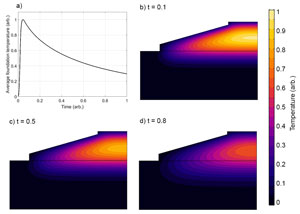
By wirelessly monitoring internal and environmental variables such as temperature, our centre has developed and field-tested methods for estimating the time-dependence and distribution of concrete strength in wind turbine foundations. These algorithms make use of modern approaches in fly-ash concrete maturity modelling and machine learning. The methods can improve our estimates of in-situ concrete strength, enhancing an operator's knowledge of their safety margins.When concrete is poured on-site, its strength development is usually inferred from the strengths of concrete cube specimens, crushed between one day and 28 days after casting. As concrete's strength is the result of a temperature-dependent and exothermic chemical reaction, the strength of a cube is rarely representative of the strength of a real concrete structure.
Researcher(s)
- Marcus Perry
Fibre optic and MEMs sensing (Marcus Perry, Daniele Zonta)
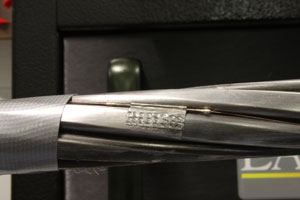
Our centre also specialises in the design and manufacture of fibre optic and MEMS sensors, specifically tailored to civil engineering applications. Our fabrication processes create highly ruggedized sensors suitable for monitoring strain levels in prestressing strands and reinforcement, crack displacements in concrete assets and dynamic movements in megastructures. We also have expertise in developing low-creep sensors suitable for use in highly caustic, radioactive and buried environments.
Researcher(s)
- Marcus Perry
- Daniele Zonta
Systems and signals
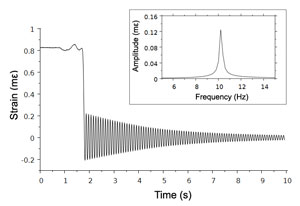
Our group also have the expertise to make the most of commercial sensors, and those we develop in-house. We have experience of developing the hardware and software side of optical and electronic interrogator platforms, including the development of novel signal processing techniques required to achieve low-noise and stable measurements.
Researcher(s)
- Marcus Perry
